Laboratory Microscope Manufacturers In India
Laboratory Microscopes, offered by Laboid International, are designed to meet the exacting demands of scientific research, medical diagnostics, and educational purposes. With advanced optics and ergonomic features, our microscopes offer unparalleled clarity and ease of use. We have acquired a distinguished position among the reliable Laboratory Microscope manufacturers in India. Researchers, educators, and medical professionals can dive into the microscopic world with confidence, thanks to the precision and reliability of catered by our microscopes. Whether you are looking for an Electron microscope, Compound microscope, Simple microscope, Scanning probe microscope, Polarizing microscope, Inverted microscope, Stereo Microscope, Fluorescence microscope and Microscopy Laboid International will be the best option for you.
Key Features:
-
Superior Optics: Microscopes are equipped with high-quality lenses, providing sharp and clear images for detailed observations.
-
Versatility: From routine laboratory tasks to complex research, our microscopes cater to a wide range of applications.
-
Ergonomic Design: Designed with user comfort in mind, Microscopes ensure prolonged usage without discomfort.
-
Durability: Built with robust materials, our microscopes are crafted to withstand the rigors of daily laboratory use, ensuring longevity and value for money.
Types Available:
-
Monocular Microscope: Basic microscope with a single eyepiece for routine laboratory use.
-
Compound Microscope: Utilizes multiple lenses to achieve high magnification for detailed specimen examination.
-
Inclined Microscope: Designed with an inclined eyepiece or viewing head for ergonomic comfort during prolonged use.
-
Coaxial Binocular Microscope: Binocular design with coaxially aligned eyepieces for improved depth perception and ease of use.
-
Laboratory Binocular Microscope: Versatile microscope suitable for various laboratory applications, equipped with a binocular viewing system.
-
Trinocular Microscope: Features three eyepieces, allowing for dual visual observation and additional port for camera attachment. Ideal for collaborative work and documentation.
Microscope Suppliers In India
With customer centric approach, we have established a strong presence in the global market. Our Microscopes for Laboratory have reached countries such as Cote D'Ivoire, Angola, Benin, Burkina Faso, Guyana, Somalia, Chad, Congo, and more. Adhering to stringent quality standards, we ensure that each microscope meets or exceeds expectations. Our commitment to excellence is reflected in the satisfaction of our clients worldwide and have positioned us amidst the best Microscope Suppliers in India.
Our commitment to quality has enabled us to expand our market cover across diverse regions and get counted amidst the trusted exporters. We are proud to serve scientific communities and educational institutions in multiple countries, contributing to advancements in research and education. Join the ranks of satisfied users across the globe and experience the world of microscopy like never before. Contact us today to explore our range of Laboratory Microscopes tailored to meet your specific needs.
Frequently Asked Questions
By following these steps, you can choose the perfect laboratory microscope for yourself.
Magnification Range: Ascertain the levels of magnification required for your specified uses. Magnification ranges for microscopes usually span from 40x to 1000x and higher.
Optical Quality: To ensure clean and clear images, search for microscopes with premium lenses and optics.
Light Source: Depending on your desired brightness and heat output choose between halogen or LED light.
Select the type of microscope you want to use: compound or stereo (for high magnification of small objects) or low magnification of large objects.
Both compound and stereo microscopes are frequently used in laboratories:
Stereo microscopes are used to study larger specimens, like circuit boards, rocks, and insects. They are suitable for jobs involving dissection and manipulation and give a three-dimensional picture.
Compound microscopes: These are used to observe microscopic objects like bacteria, cells, or tissue samples. High magnification is offered, and it is crucial for in-depth analysis in disciplines such as pathology, medicine, and biology.
Laboratory magnification refers to the process of enlarging the appearance of an object through a microscope's lenses. It is typically expressed as a number followed by "x" (e.g., 100x magnification means the object appears 100 times larger than its actual size).
In laboratories, microscopes are essential for several reasons.
Visualization: They make it possible for researchers and scientists to see minute aspects of objects that are invisible to the human eye.
Research and Analysis: Microscopes are vital for studies in the domains of biology, medicine, chemistry, and material science because they allow for the in-depth investigation of cells, tissues, microbes and other small structures.
Diagnosis: By analyzing tissue samples, blood smears and other biological specimens under a microscope, medical lab technicians can diagnose disorders.
Quality Control: In industrial laboratories, microscopes are used for microscopic material and product inspection and quality control.
These are some main parts of the microscope
The lens at the top of the microscope that you look through is called an eyepiece or ocular. Usually, it enlarges the picture by ten times.
The objective lenses, which have different magnification levels (e.g., 4x, 10x, 40x, and 100x), are situated on the rotating nosepiece.
Stage: The level area where the specimen-containing slide is set up for inspection.
The specimen is illuminated by the light source. It can be found above (reflected light) or below (transmitted light) the stage.
Condenser: Provides the best possible lighting by focusing light onto the specimen.
Diaphragm: Controls the quantity of light that reaches the condenser.
Coarse and Fine Adjustment Knobs: These are used to raise and lower the stage to focus on the image.
Understanding these parts and their functions helps ensure proper use and maintenance of the microscope for accurate observations and research in the laboratory.


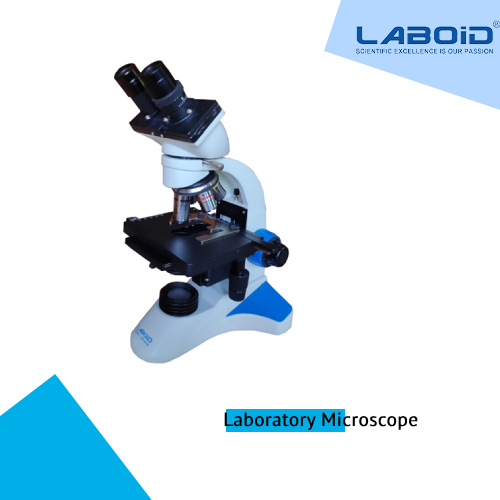

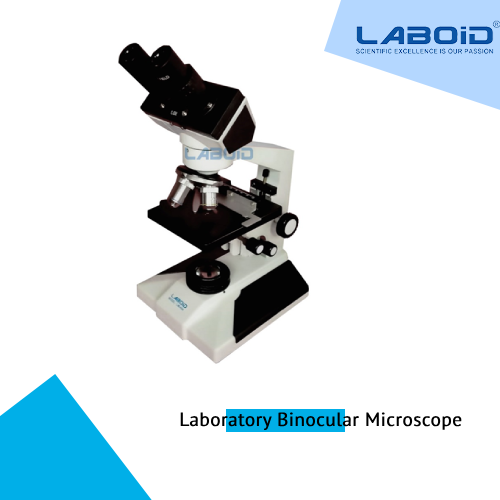
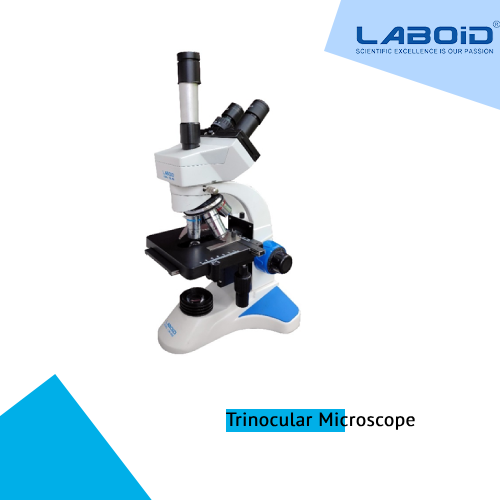
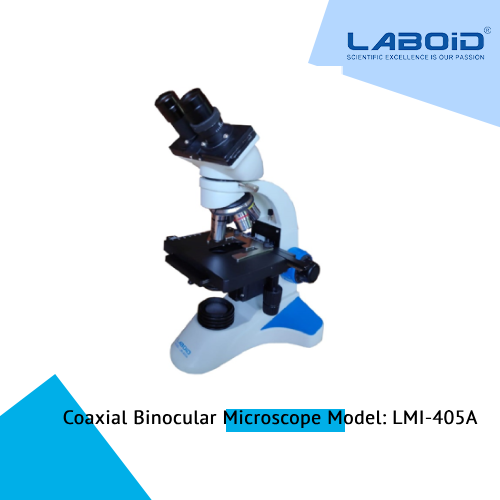
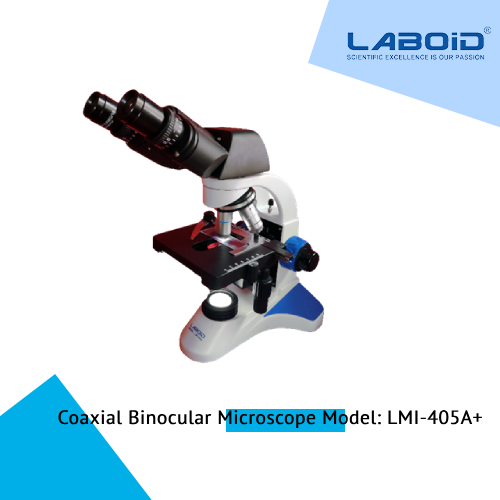
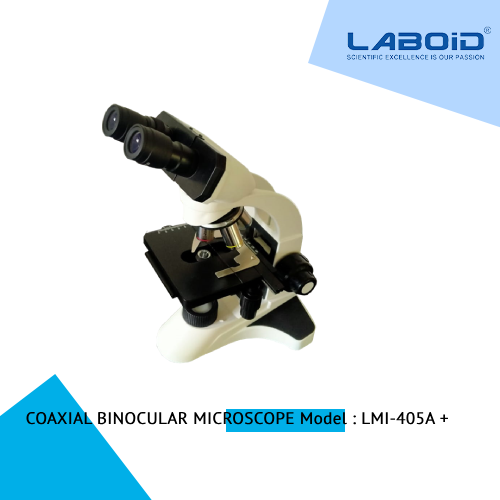

 By Webclick® Digital Pvt. Ltd.
By Webclick® Digital Pvt. Ltd.